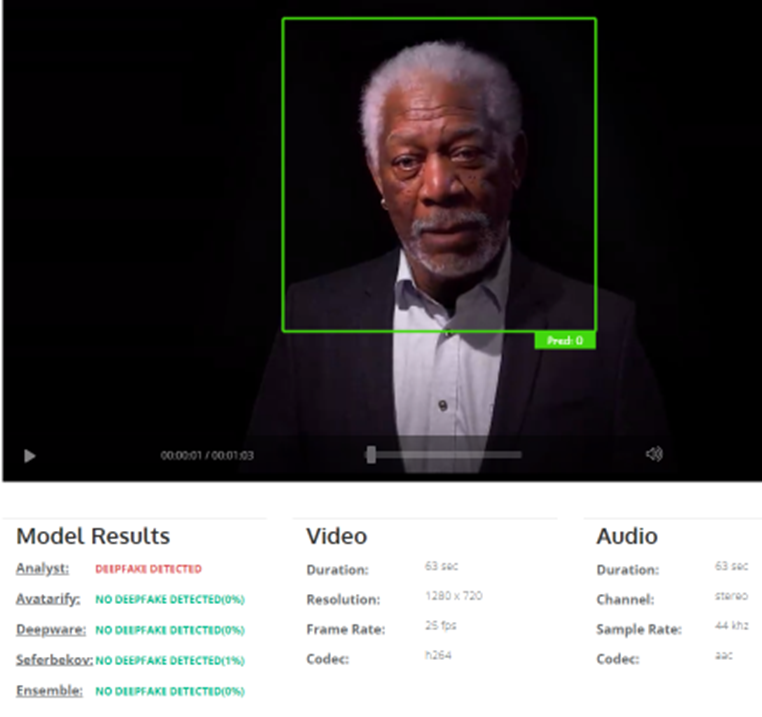Generative AI has immense potential to hyper-personalize many day-to-day applications since it is trained on vast amounts of data. Therefore, it can generate highly accurate and precise recommendations tailored to the individual, that can be further refined by prompting with more specific details. Personalized news based on preferences and interests, education based on learning style, customized chatbots (Dalghan, 2023) or personalized marketing are just a few examples of this (White, 2023).
I enjoy collecting postcards from places I visit. However, there have been a few places where I forgot to purchase a postcard as a memory. Although the act of purchasing it physically and abroad is the most memorable, creating one myself is better than nothing. Additionally, my hope is that I can generate a postcard that really matches with my experience and vibe of the city, as many postcards are very generic and show touristy hotspots that I might have not even visited.
To start off, I prompted to create a design of a postcard with a Christmas market in Düsseldorf using AppyPie (AppyPie, 2023) as I know very well how it looks like.
“Create a postcard image of Duesseldorf in Germany during Christmas season, showing a Christmas market”.

The image gets very close to the original, since I do not include that many details. The next step is to get very specific:
Create a postcard image of Duesseldorf in Germany during Christmas season, showing the Christmas market with an ice skating rink and mulled wine glasses”

The feeling is still matching to the reality but it seems like the ice rink and mulled wine glasses were too specific. Leaving out the ice rink this is the result, which is a great representation:

Another example:
“Create a postcard image of the han river in seoul with beer and fried chicken”

The picture of the Han River actually matches with the exact spot that I was visiting, giving a very nostalgic feeling. Neither the fried chicken nor the beer can be seen, which is a typical activity at the river in the summer. Rephrasing it resulted in this:

Specifying the atmosphere resulted in this prompt and image:
“Create a postcard image of the han river in seoul with a box of fried chicken and a bottle of beer with a darker romantic atmosphere”

This picture really reminds me of the time in Seoul when I was at the Han river. When I was in Seoul looking for postcards I did not remember seeing anything like that, personalized with fried chicken and beer. These experiments show that postcards can be designed very closely to the consumers preferences and help with niches albeit with some prompt engineering. Currently such features are not easily accessible as most of them are subscription-based.
Hyper-personalization with generative AI, useful in these scenarios, can possibly create ideological echo chambers and feedback loops, even more than social media nowadays (White, 2023). Biases can be reinforced, diverse viewpoints could be reduced due to the creation of a “filter bubble” and human touch could be lost, as recommendations and creation becomes mostly algorithm-driven and lacks personal touch from human interaction. Therefore it is very important to keep the human component involved in the decision-making process, so that the human can monitor the output and interfere if problems like biases arise e.g. during personalized marketing.
References
AppyPie. (2023). Retrieved from https://www.appypie.com/design/poster/maker
Dalghan, A. (2023). Retrieved from https://www.linkedin.com/pulse/5-practical-use-cases-generative-ai-everyday-office-work-alaa-dalghan/
White, M. (2023). Retrieved from https://matthewdwhite.medium.com/generative-ais-killer-app-hyper-personalization-ce24e77417a9






